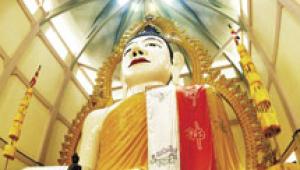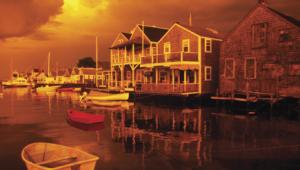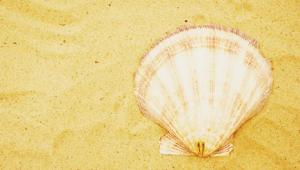Back Story; Often It’s Second Things First
Once in a while the idea for a column comes with a little help from my friends.
This one did. A writer I know, viewing photos I'd taken on a recent trip
to India, said, "You know, you really have a way of handling backgrounds.
You should write about that in one of your columns."
My first thought was, do people really need more advice about backgrounds? We've
all been warned, cautioned, and alerted in countless articles over countless
years. We've been told that most bad photos are bad because of backgrounds
that are cluttered or busy or have weird stuff going on, and this is especially
true of travel photos. I believe that, and I believe that a cluttered background
is often what separates an amateur from a professional. In fact, I think most
pros pay attention to the background before the subject. But I didn't
know what I could add to the discussion. Then I looked again at the photos my
friend had seen and decided that I could add something if I simply explained
how I approached the background as an element in each picture.
Briefly, when I see a promising background, I previsualize what I'd
like to see; I don't automatically accept what the scene might offer at
that moment. I might bring people to the background, or wait for others to move
away from it. I take my time, and I come back if I have to.
Finally, I consider the colors I'm working with: the colors in the background
and the colors of the clothing of my subjects. Everything else may be perfect,
but if the color scheme isn't right, I'm going to create my own
distraction, my own chaos. That's something I didn't figure out
in the early days of taking pictures--and I've got the shots to prove
it.
So, now let's talk about the pictures.
Alcove. When I saw the opening in the wall of a fort, the man
was nowhere to be seen, but I knew I needed a human element, an emotional element,
not to mention something to show scale. I previsualized the shot, then I waited
until someone came along. I asked him if he'd sit there while I took some
photos. Looking back on it, I realize that in this picture the background was
the subject before the subject turned up.
 |
|
|
Taj Mahal. That's the back of the Taj Mahal in the background, and in this picture I wanted an unusual view of that famous landmark. My idea was to use the thing that most people make their subject as my background. So what was my subject to be? I came back the next day with a model (this is the only photo in which a model is pictured) and a local camel wallah and made the photograph.
 |
Doorways. Simply, the background is the picture. All I had to do was wait until the area was clear; no tourists, no other photographers. Of course there are variations of this photo in which people are present, but for some reason I like this one best.
 |
Camel. The classic solution to the problem of a cluttered background: get low, aim up, make the sky the background. No one will ever know, or care, how chaotic or difficult or ugly the background might have been. Of course, it's hard not to shoot a camel from a low angle...unless you're on another camel.
 |
















































